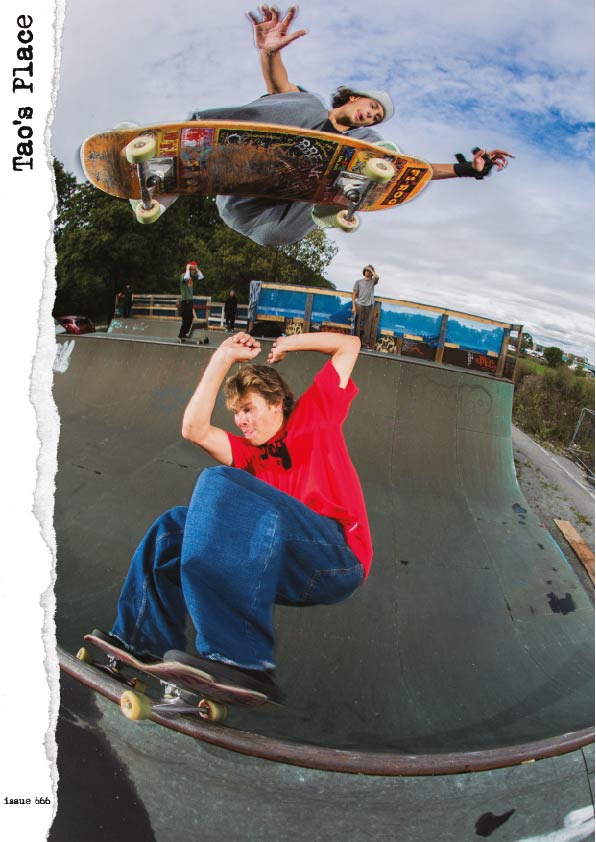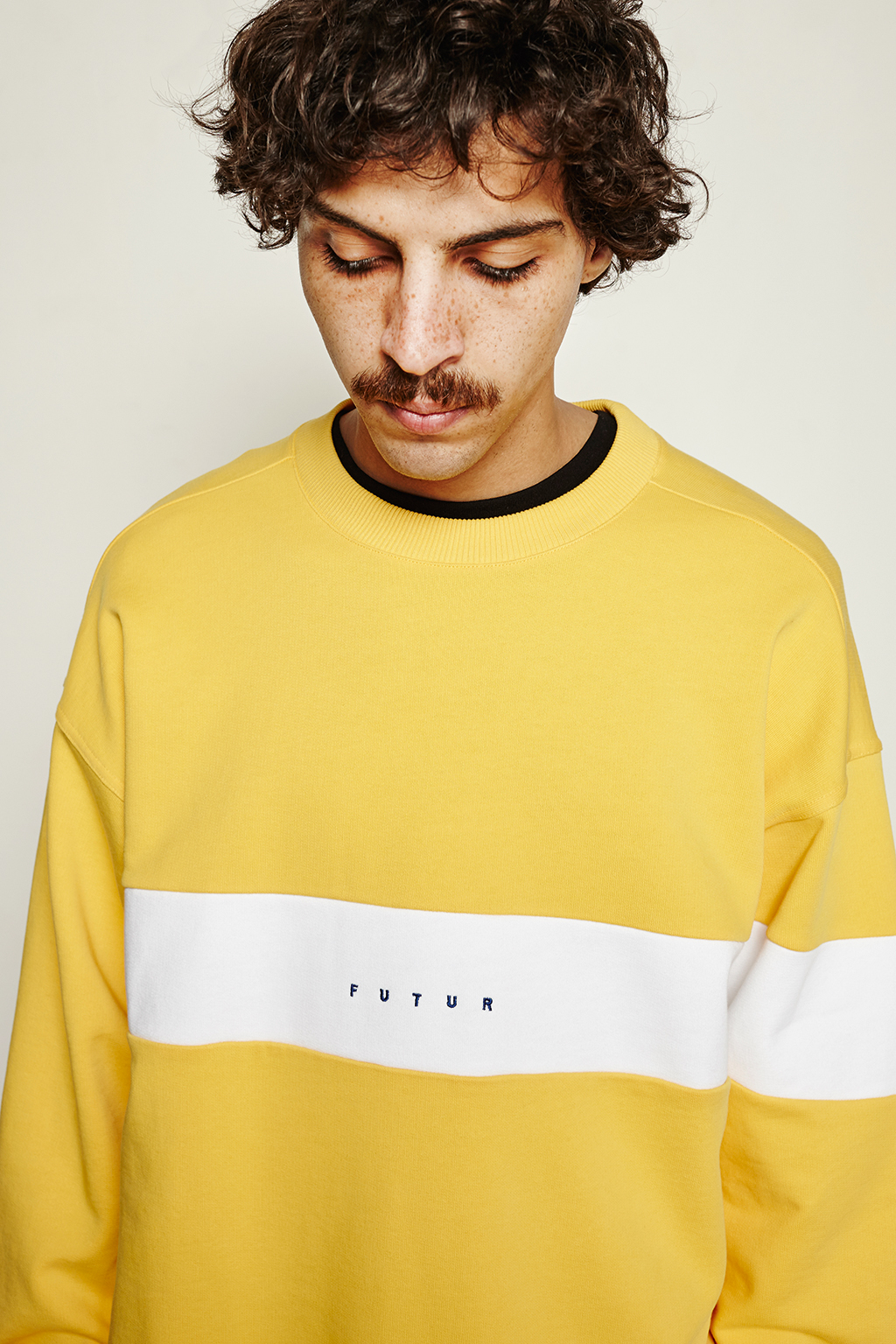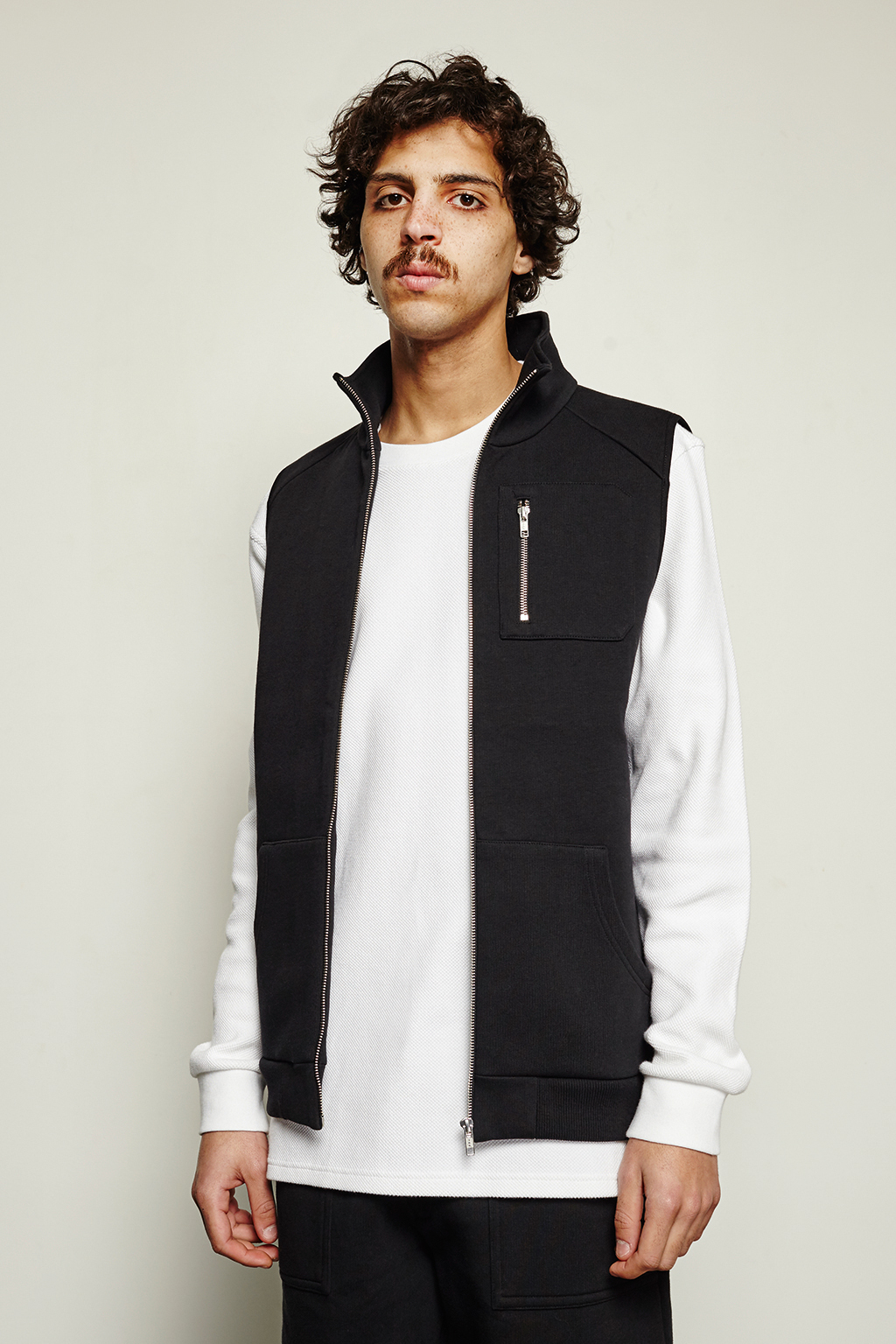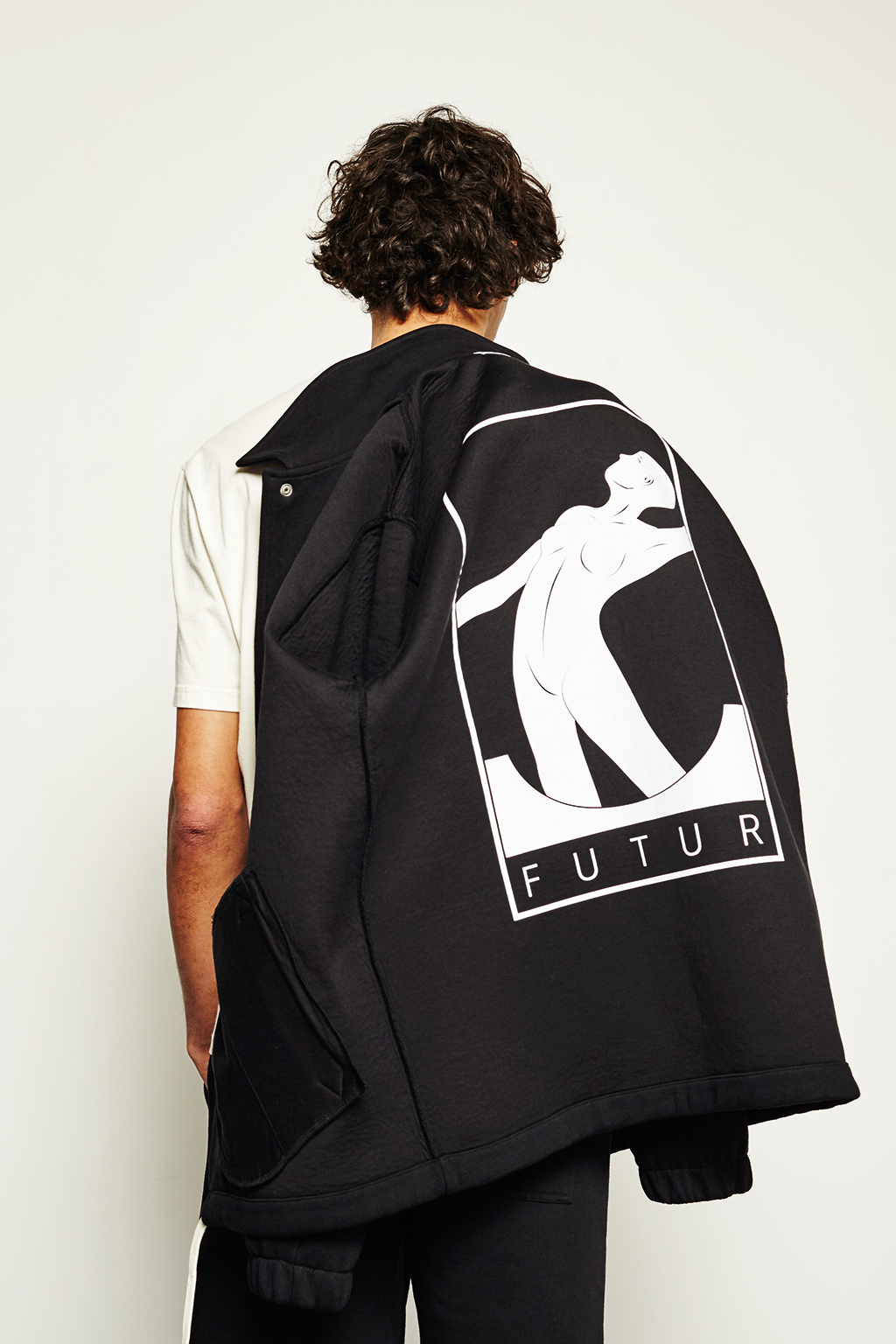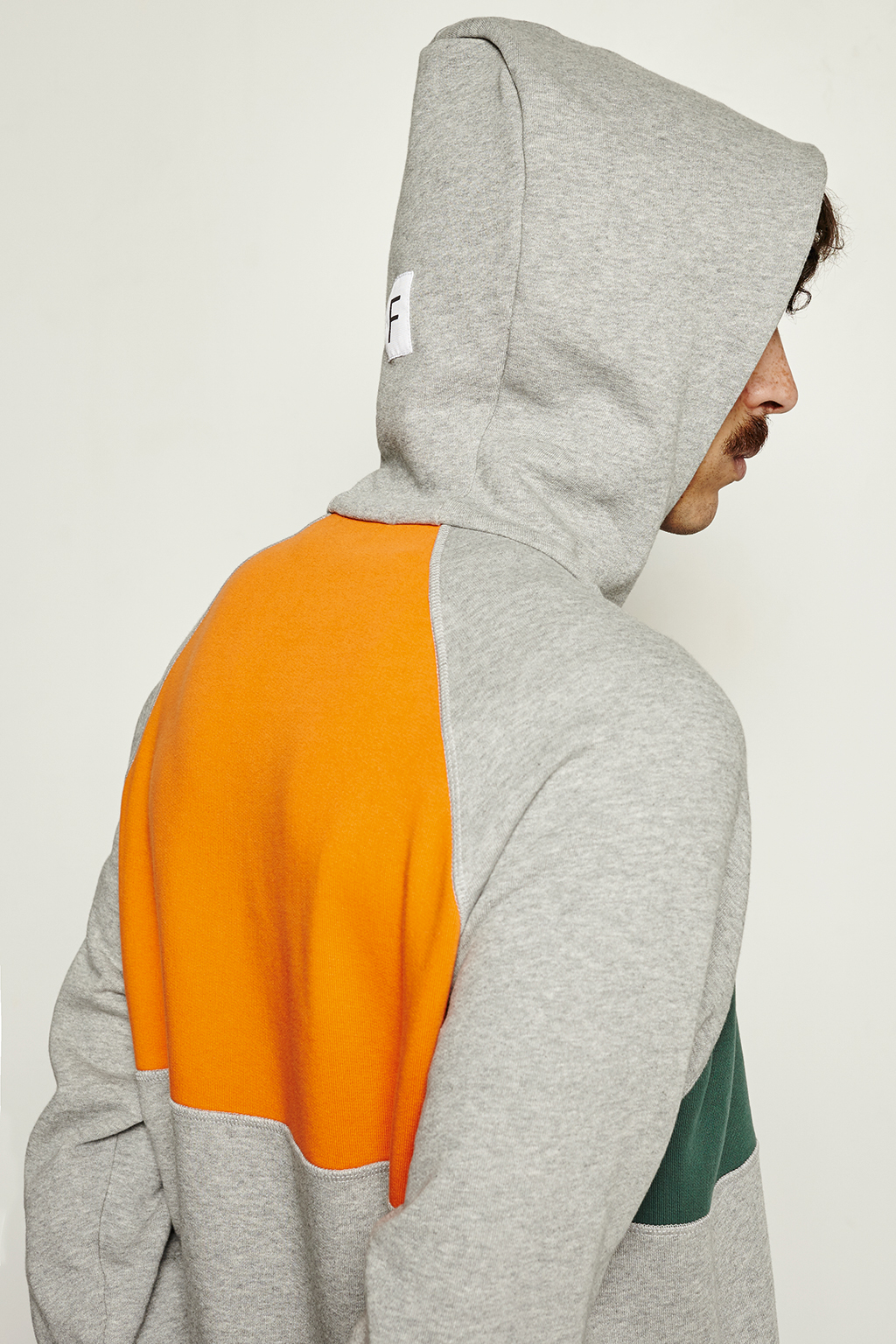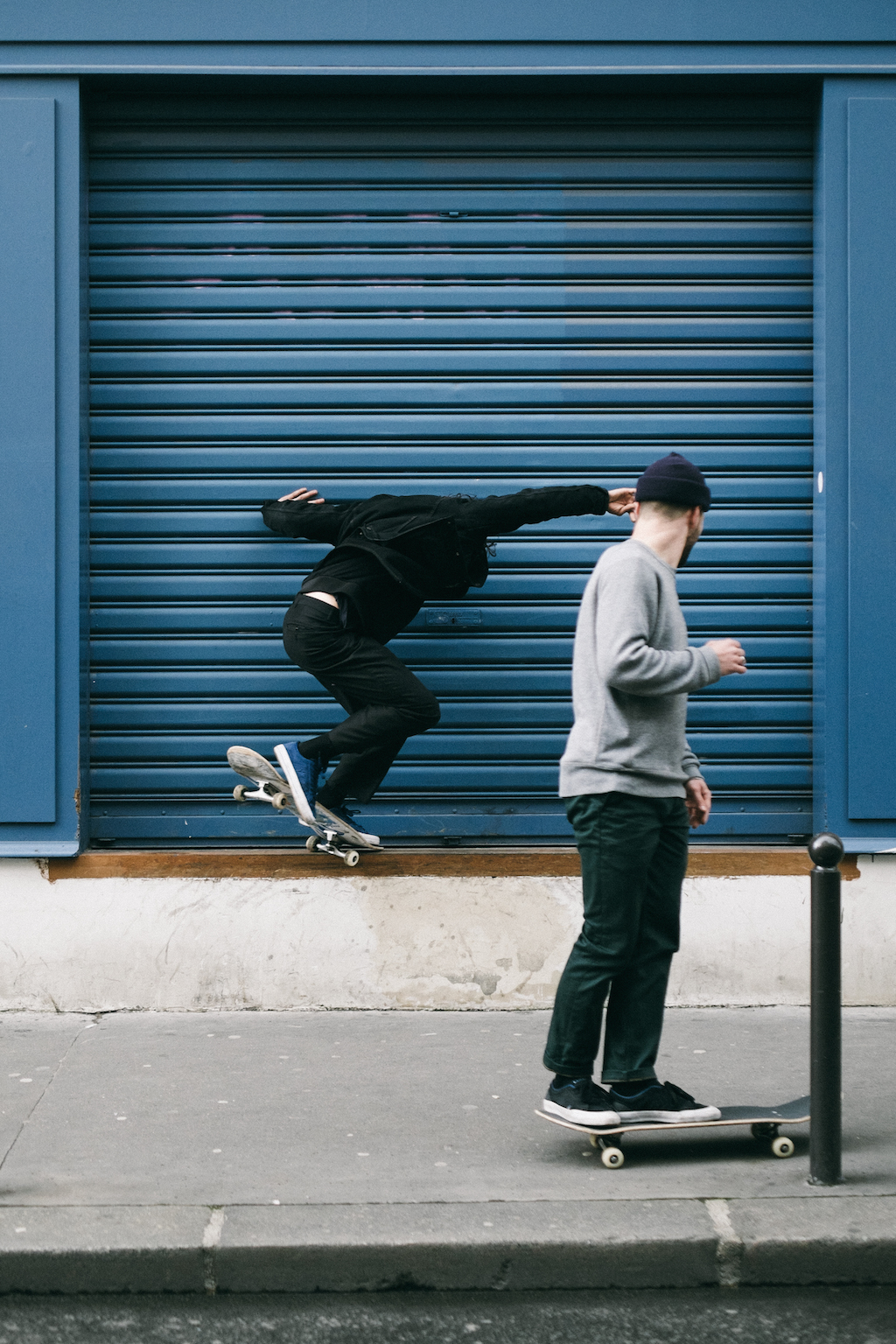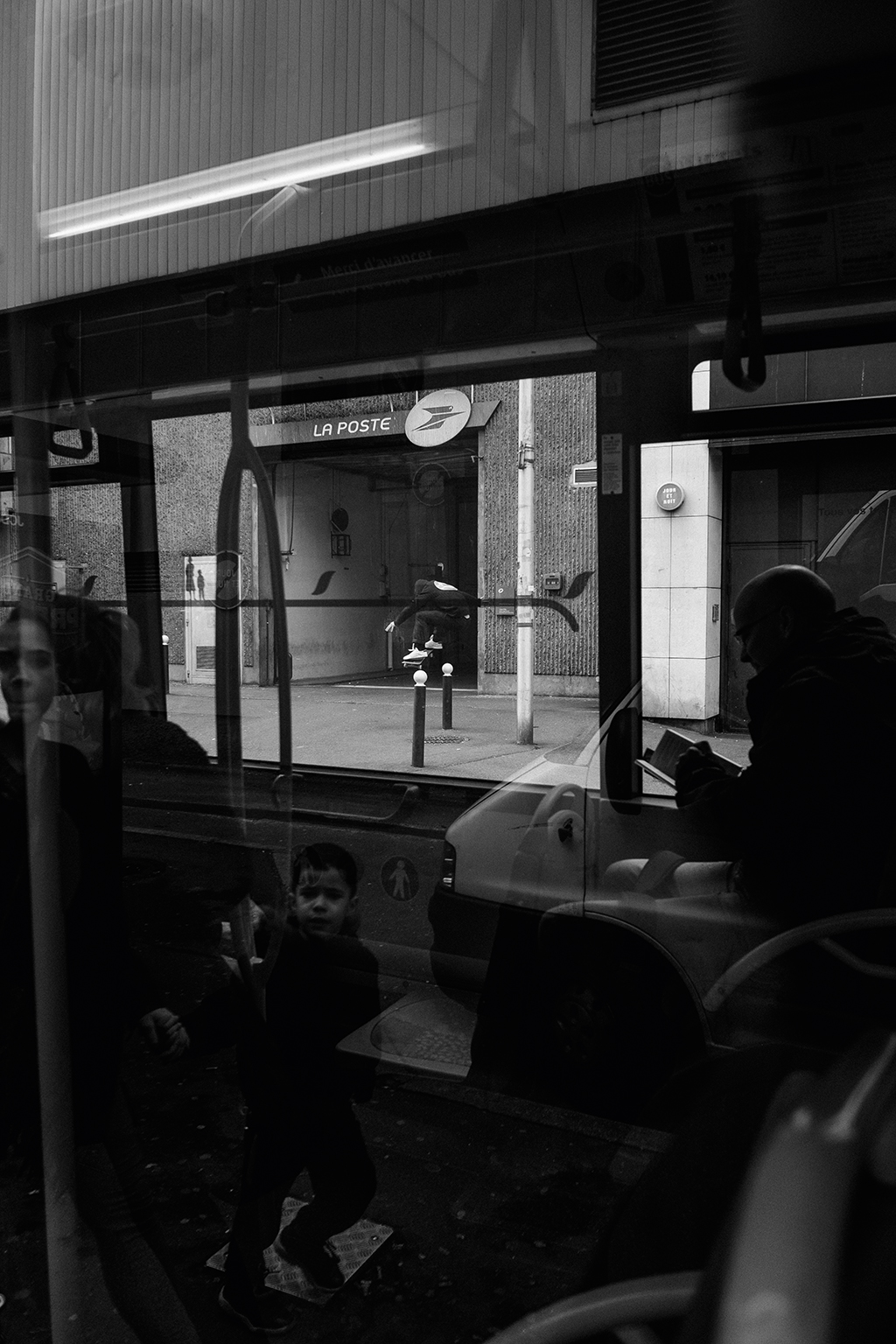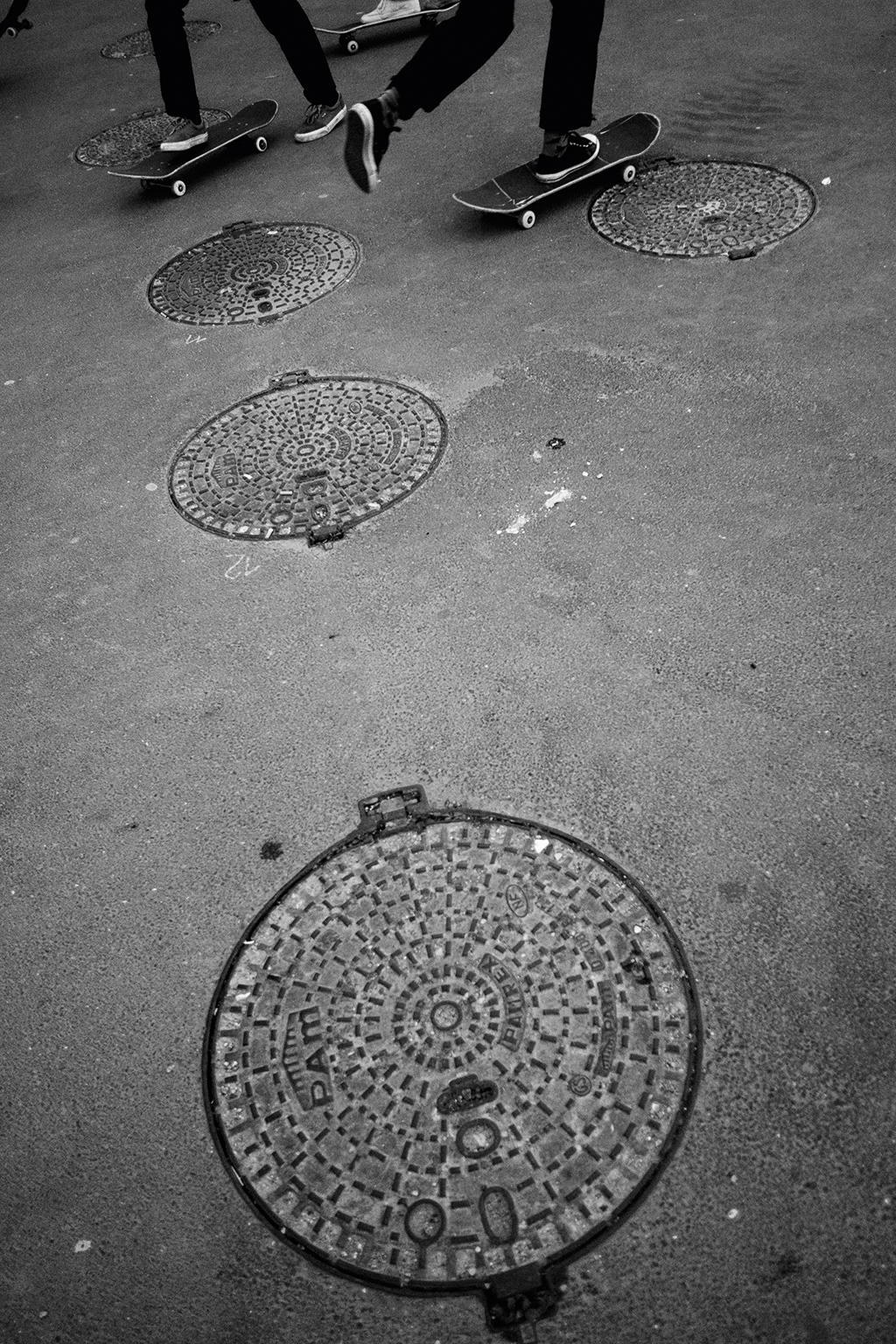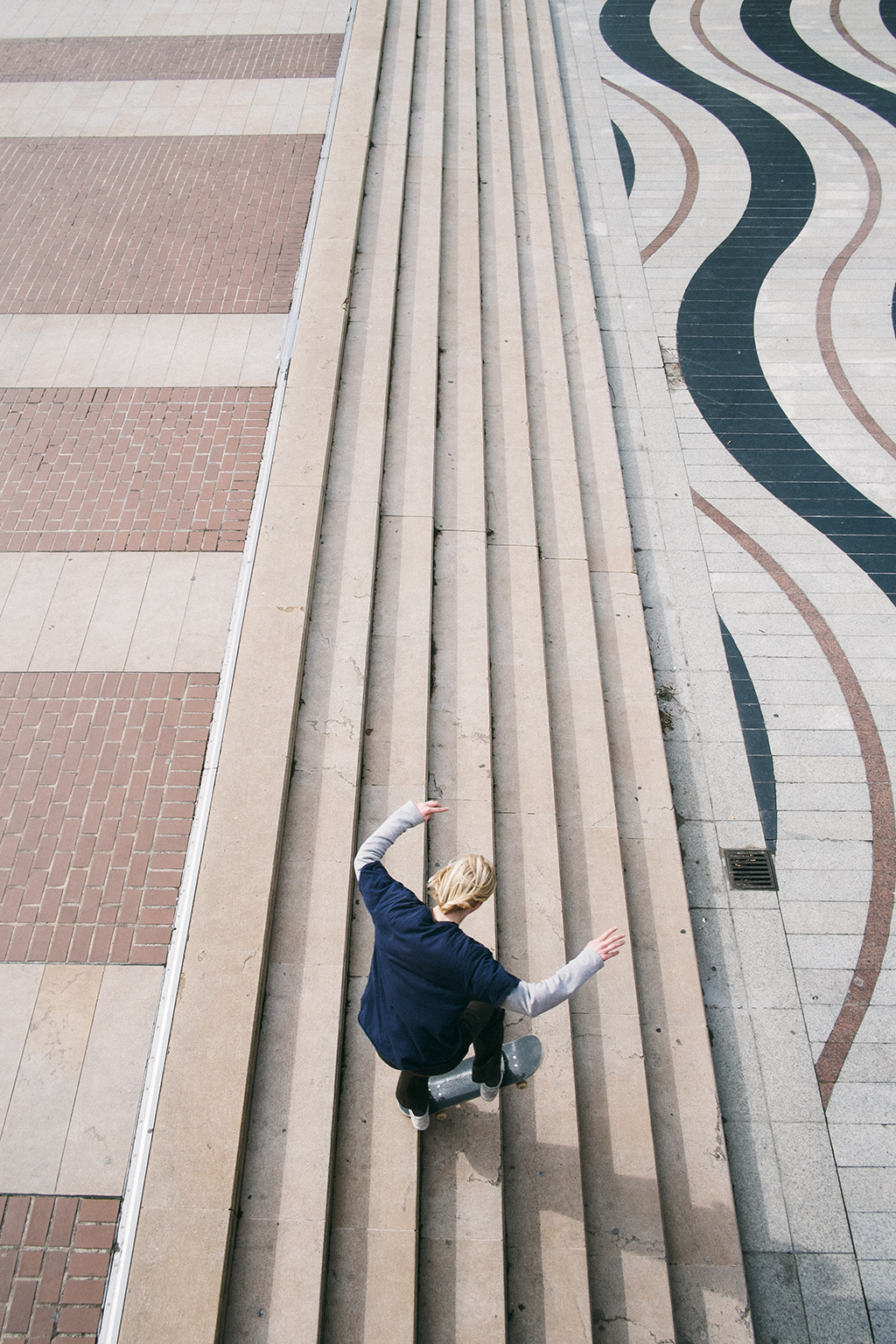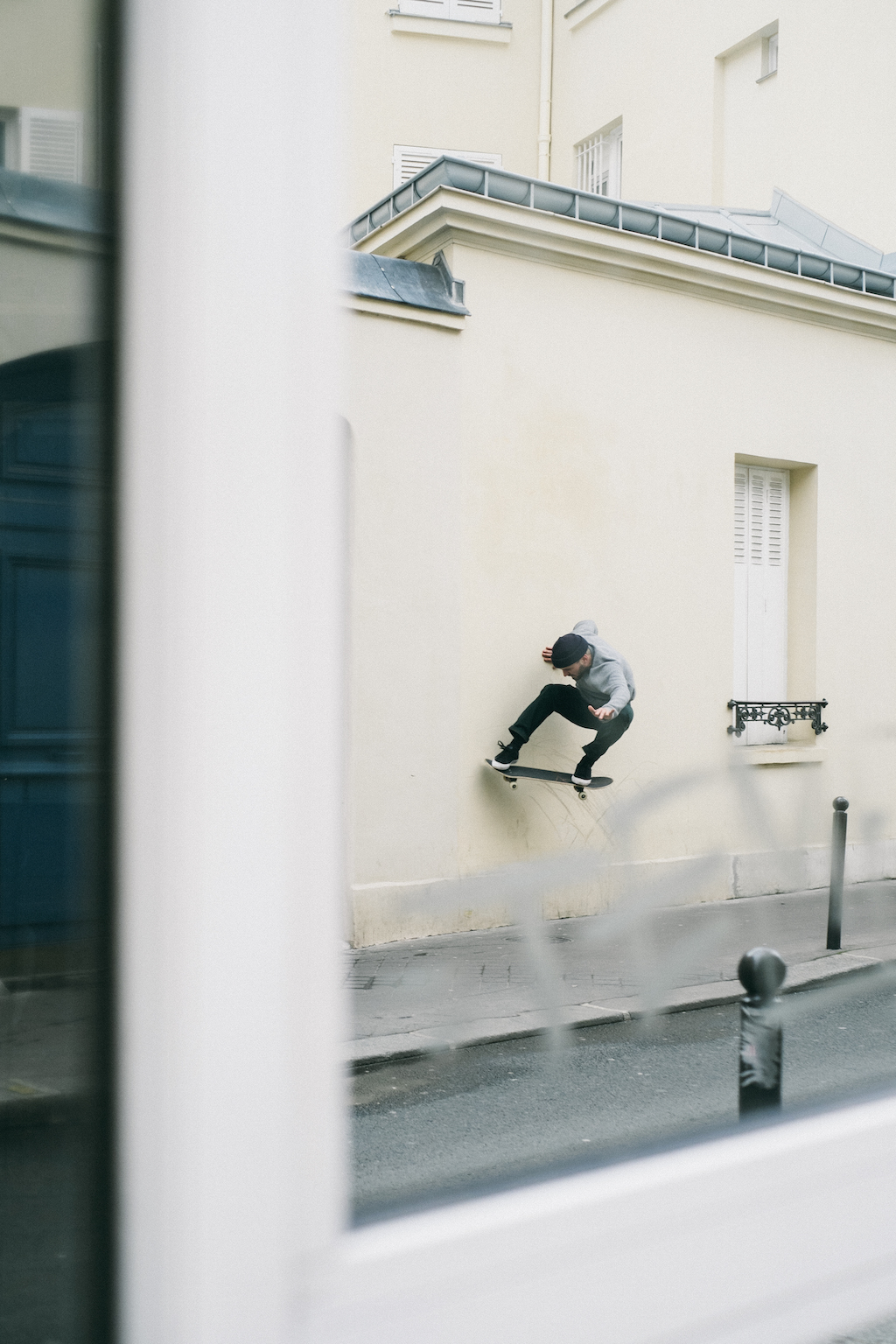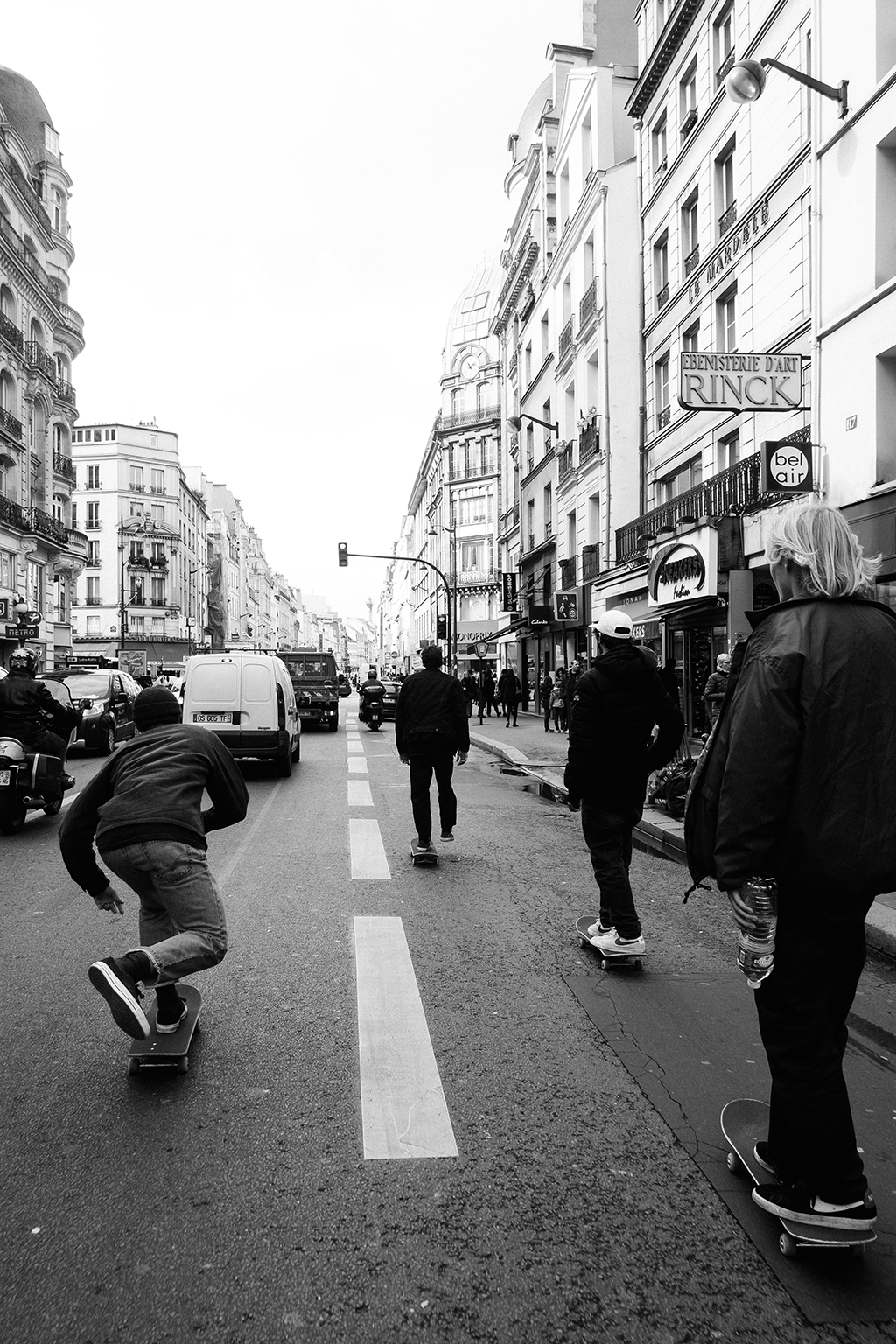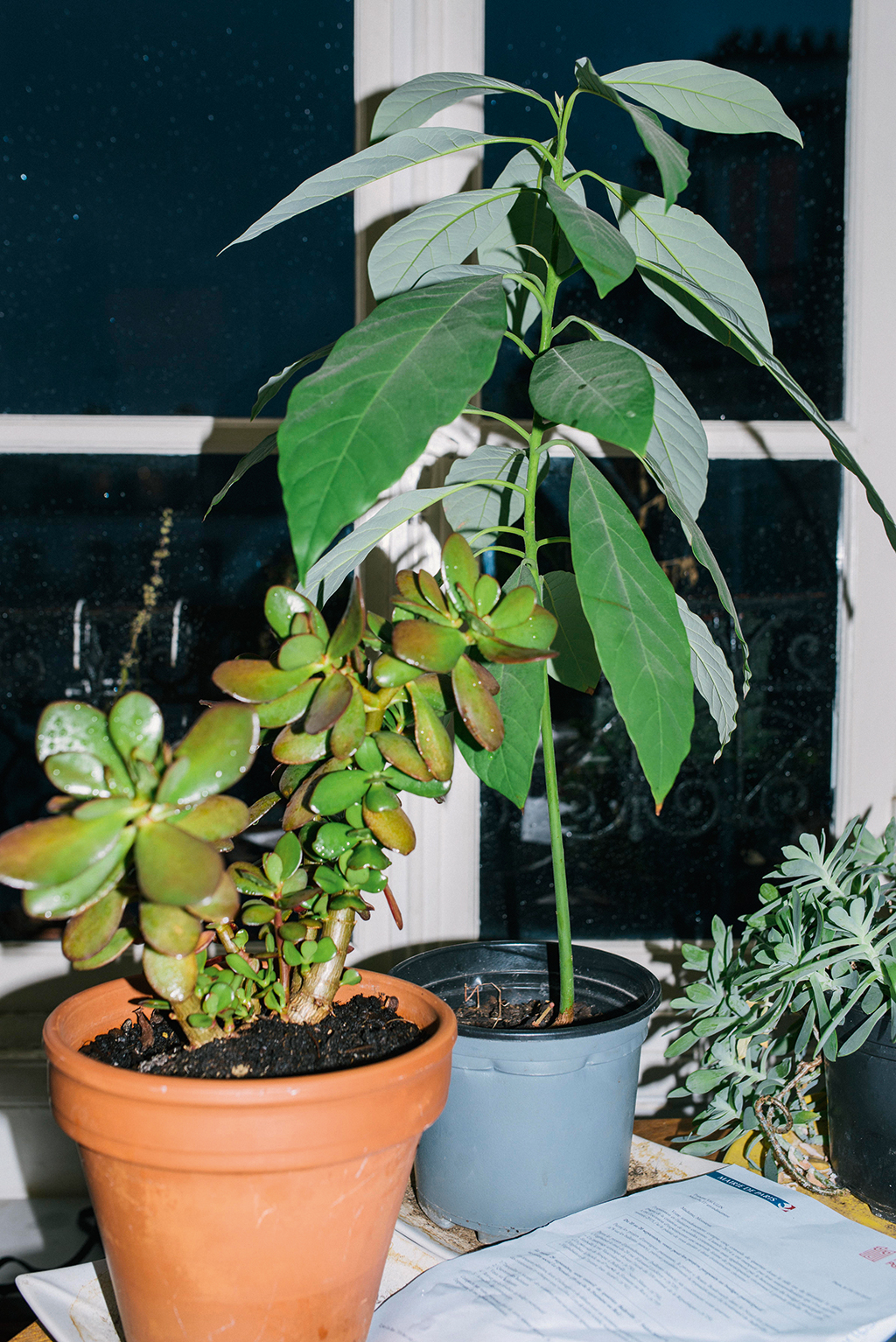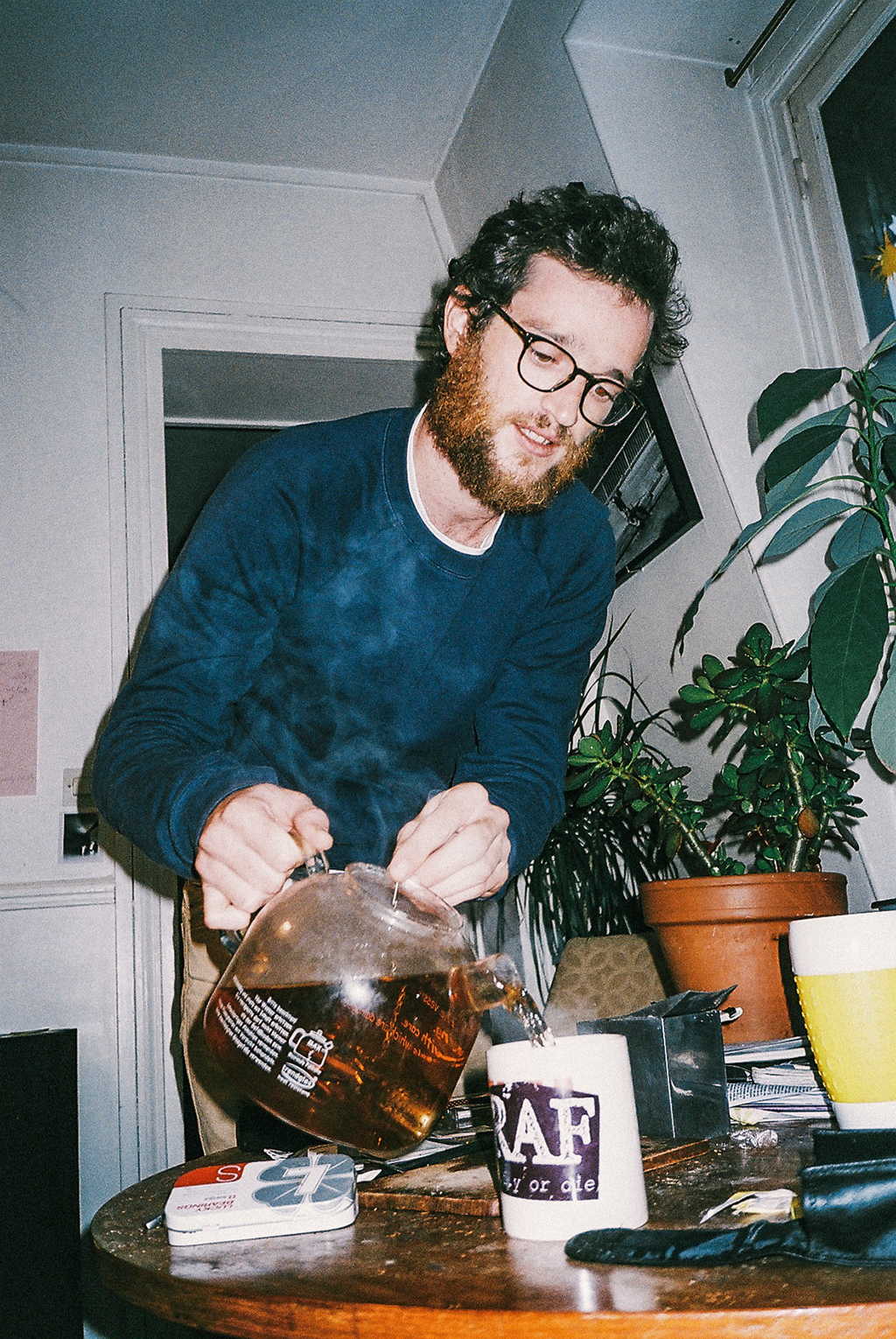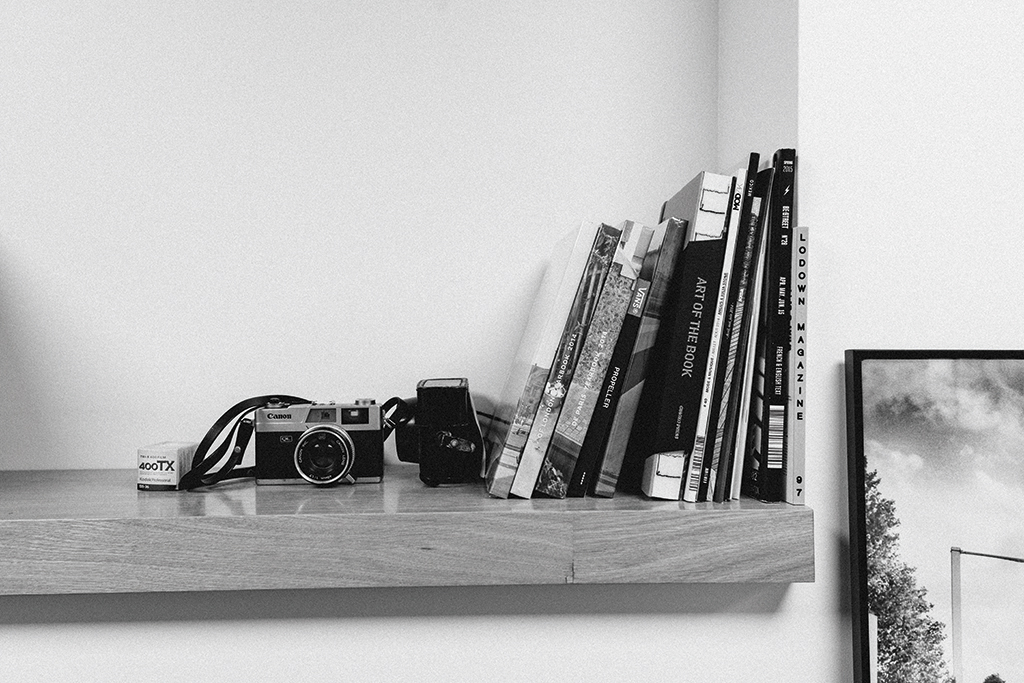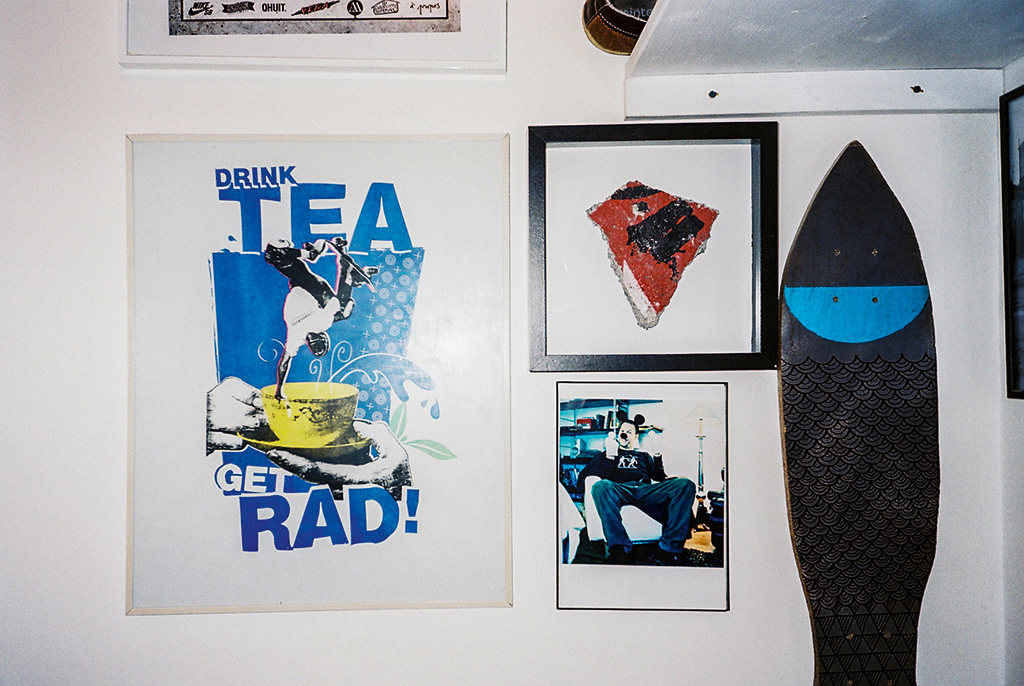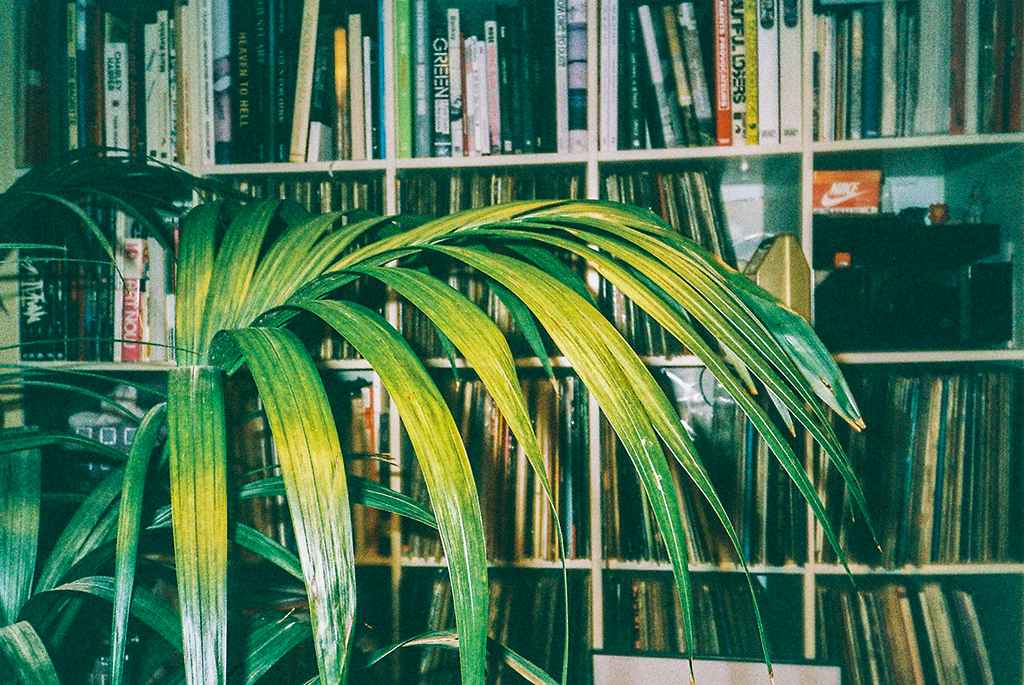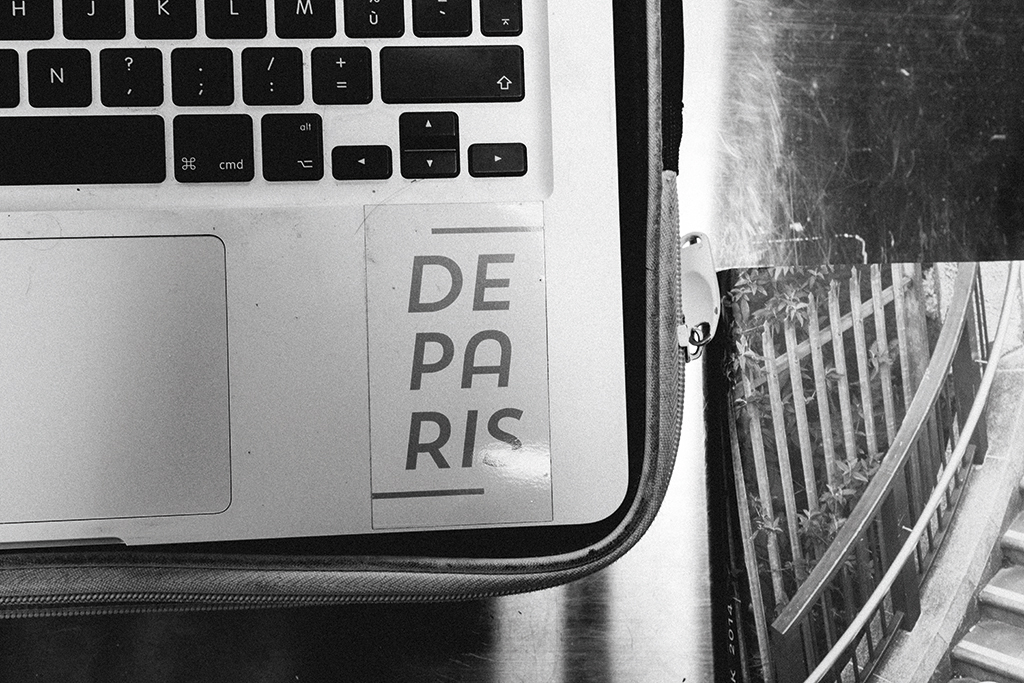“Carter it is fucking Friday the fucking 10th!” As we sat down to talk about our favorite Dill moments, we realized everyone seemed to love the intro from Alien Workshops “Photosyntheses” when Jason get’s a call from Chris Carter to put the heat on him to get footage because they wanted him to have “last part”. The rest is history. The Dill we met in Paris is a different one. You can almost say he seems to be grown up…in a very Dill way of course. This man is a good-looking, very polite man and one of the most influential figures in skateboarding worldwide. Jason Dill is leading the cool guys and everyone wants a piece of him. Here is a talk with the one and only Dill-Man about République, Bill and Paris in general.
by Benjamin Deberdt
There have been rumours going around Supreme was interested in opening a shop in Berlin. Is this ever going to happen?
That might just be a rumour… about a year, year and a half ago, I spent a little over a month there. I love Berlin. The Paris store is now open. We had a great opening and I hope people are happy to have us.
Who is the woman in the photo-print from your last FA Board?
The one and only Michelle. Passport photo, 2008. First loves last.
Does Chloë Sevigny have her board set up at home?
Yeah, she keeps it right by her front door so all her friends see it when they walk in… ha, no, I dunno. I know she has one or two of her decks…yeah Chloë, you’re the best!
Strobeck seems to be in love with this one Kid (Leo) from République. What is so different about the French youth culture?
Bill has a very large set of eyes. He sees little things that maybe most people don’t take the time to see. Actually what Bill does is meet a kid like Leo at République and tell him “hey, you’re pretty cool”. That goes a long way when you are 14 and an adult says “keep doing your thing”. He told me all about Little Leo– this epic kid I’m gonna meet at République. I met Leo and he said “Hey man” in a way that almost mimicked an American twang, and sure enough he was as cool as Bill said. We took him skating with us a couple times outside of République. Him, JB, and another kid from here, they’d just come skate if it was a mellow day. They say the funniest shit… Little Leo is just funny. He’s a good kid… Nos, the little guy at the beginning of the Pussy Gangster video is an epic epic kid. Liam and his brother Tom, August, all of the République kids. I just like how these kids live and skate and that they all have certain things that make them particularly special.
And what’s so good about République?
Anywhere there is one collective spot where people can skate near the center of any city is a good thing…and it’s Karl’s spot motherfucker. [Karl Salah]
So, could you see yourself living in Paris? Do you speak the language?
You know I don’t speak French, silly. Live here? Shit I’ve been here a month, I’ve got over two more weeks to go… I think I could live here though. I’m starting to get beat over the head with ultra modern Americanism at home: the pending elections, daily shootings in public, fuckin’ assholes all over the television and in the news, bad looks, freaked out faces… show me a populist city that’s not mega freaked out these days. I really like it here, although since I speak so little French, I get discriminated against for being American and not speaking French almost everyday here. I completely welcome it. It’s my fault for not knowing how to order a meal in the native tongue…only an American asks for extra ice. Hate me… Comme si comme ça!
How is it going out skating with Kevin Rodrigues?
Oh man Kevin is cool. I like Kev. Who doesn’t? He’s just doing his thing hard and running his own deal, I really like what he does on a board. I have had a really great time skating with him, Roman, Greg, Vincent, Manuel, Val, Alex, all them dudes have so much fun when we are out skating…it’s hard to explain and I kinda hate the word “fun”, but these motherfuckers have FUN…them Bloby’s. It was quite a filming trip here to Paris watching the FA kids from Sage to Nak to Tyshawn and KB skate with them. Made me feel old but happy for skateboarding’s future.
Who is your favourite European skater at the moment and why?
I’m gonna have to still pin that one on Lucas Puig…cause he’s really just too ill. He does it again and again. His tricks are like bullets or some shit.
The best thing about having a Supreme shop in Paris?
Lots of things. My old buddy Samir [Krim] being so heavily involved and his history alone when it comes to this city. Also just what will come of it being available to the younger dudes in the years to come…I think people will be surprised how it will develop over time. I’d like to thank Samir for telling me to come back out and film…thanks bud.
You look very healthy lately. Is it the French food? Haha.
I do? Ha, thanks, ummmm… I eat at Chez Justine a lot…shout out to Jon Monie (French skater and owner of the bar).

